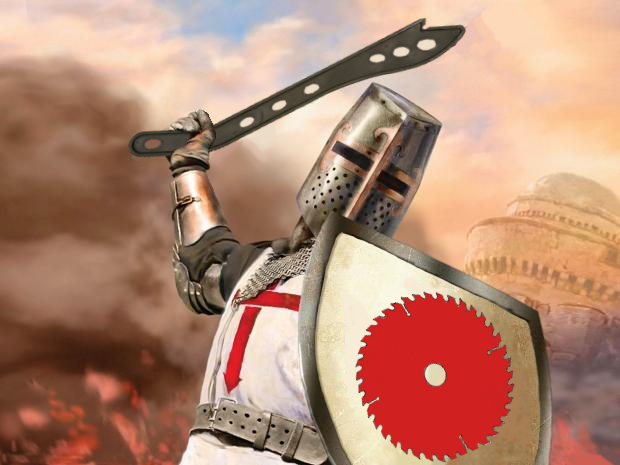I think the Gripper is better than nothing, but the main problem I see is that you're still reaching over the blade with your arm. What if you were to stumble? or slip? ... basically, if things go wrong, you're right in the firing line. Hopefully the gripper takes most of the damage, but as can be seen from
this video, that certainly may not be the case. And certainly won't help if its your arm that ends up going into the blade when leaning over. Yes he is purposly trying to induce kick back, and yes it's different kind of push block, but the point is that his finger ended up being extremely close to the blade.
In my opinion, a push stick should allow you to finish the cut with your hands still in front of the blade. No leaning over. No flesh in the danger area.


































